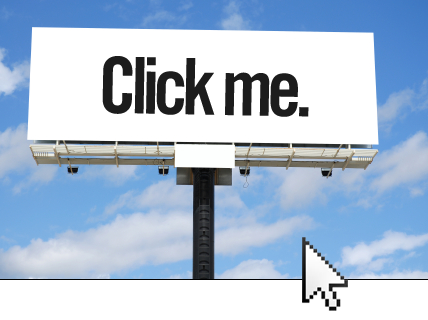 |
| Image credit: http://www.andmine.com |
Last week I touched on fast food using social media to get their products in our mouths. But the advertising on Facebook only begins there.
Kuttainen (2013), stated that 20% of the world controls 80% of the economy. This tells me that there's a lot of power in a relatively small minority. Considering that 1/5 people in the world live on less then $1 a day, Kuttainen (2013), it make me wonder how is this fair? Advertising allows the minority controlling our economy to make even more money for themselves. And it works! Advertising on social media, not newspapers or webpages, but on Facebook has been an effective tool to sell your business. A previous employer of mine ensured he had a Facebook page, before he had a webpage and when he asked new customers where they had heard him from, it would 9 times out of 10 be always through Facebook.
Facebook again asserts its power by again controlling what businesses pops up on your news feed. When the average American sees an estimated 150,000 advertisements on T.V, Bowler & Atkins (2000), you wonder just how many an American or anyone with a internet connection would see when browsing the internet.
Everyday we are confronted with all kinds of advertising. Sometimes we don't know we are watching an advertisement until we are buying their products. But at the end of the day, whether it's on Facebook, Television or even in the good old fashioned newspaper, we will always be exposed to advertising.
References:
Atkins, P., & Bowler, I. (2000). Food in society: Economy, culture, geography (pp. 290). London, England: Arnold.
Kuttainen, V. (2013). BA1002: Our Space: Networks, Narratives, and the Making of Place, Lecture 8 [PowerPoint slides]. Retrieved from http://www.learnjcu.edu.au
Image Credit:
Online Advertising vs Traditional Advertising. Date and author unknown. Retrieved from: http://www.andmine.com/blog/online-advertising-vs-traditional-advertising/
This comment has been removed by the author.
ReplyDeleteI agree with you when you state “we will always be exposed to advertising”. Our society is experiencing consumerism like never before. It’s everywhere. Not just with in the media but in places like bus stops, football stadiums, and highway billboards. Usually where the companies will gain maximum exposure for their products and services. But “how much money makes money” (Kuttanien, 2013) when advertising itself has become a commodity? How much a company is able to spend on advertising dictates the exposure they will receive. Not to mention that we as consumers are walking talking advertisers. For example, weight loss products. Whether they work or not, an individual will share their experiences with friends or family and usually influence someone else who wants the same product. This practice of verbally sharing consumer experiences has become digital with the introduction of websites such as Word of Mouth Forum (WOMF). So does this mean that advertising can be free?
ReplyDeleteKuttainen, V. (2013). BA1002: Our Space, Networks, Narrative and the Making of Place, Lecture 8: Stuff [Power Point Slides]. Retrieved from: http://learnjcu.edu.au